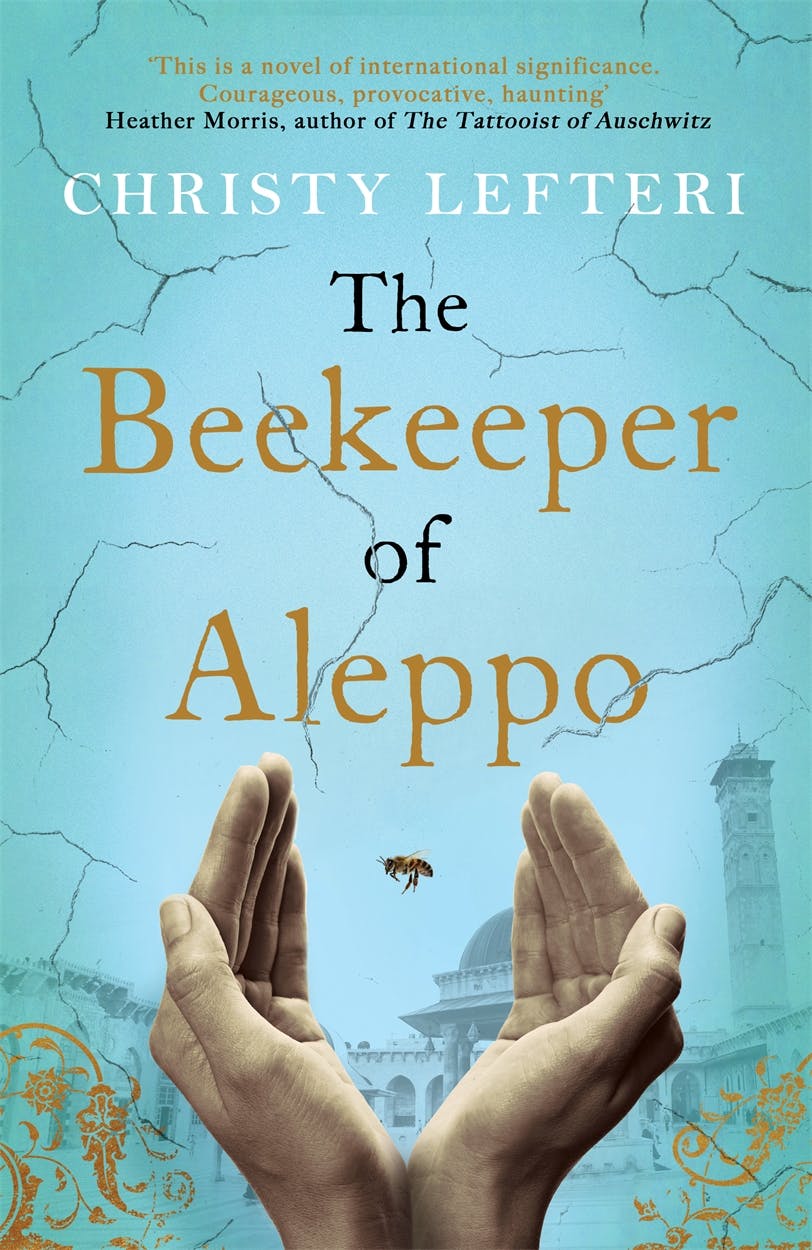Throughout the book are depictions of food and this is a key narrative thread. Meals are seen as key points within the story and evocative of the protagonists’ memory. From cooking in Aleppo, to bread and cherries from a Turkish family, to Greek kebab shops and entrepreneurial spirit of refugees selling food in camp, to a meal in a hospital after a crash. These are important signifiers for someone whose career evolves around cooking. One interesting insight is when an NGO Worker brings cans of coke to young children who enthusiastically open them and recount how they were banned by Daesh as a form of cultural imperialism. Throughout the novel these images of food are imbued with political currents. In the final chapter, the author cleverly incites the memory of spreading honey on Bread at the end of the novel when they are reunited with an old friend Mustafa.
This has important resonance with Lancaster and its refugee support. Initiatives such as Claver Hill with refugees learning and building a shed and harvesting crops to support sustainable food initiatives, and a new takeaway established by refugees. The solidarity of city of sanctuary also highlights how positive community action can come together in the face of post-Brexit xenophobia and covid economic crises. By sharing culture through food and language we can build empathy and insight into refugee experiences. This book helps share in the humanisation of refugees, rather than simply interpret their plight as a set of statistics.
This is remarkably similar to Mohsin Hamid’s account of a refugee couple travelling. By taking a couple and their journey from east to west it tracks a relationship across time and space. As a longer narrative it allows for a deeper interrogation of the people involved. However, it is less direct than Exit West and more grounded. Both books offer a rich tapestry and reflection of human experiences of refugees. Similarly, they highlight the harsh reality of surveillance. The interrogation from the home office is stark in this book, as is the struggle for work once the couple finally reach the UK. Facing delivery work without a licence, they have to work for a dangerous employer and face authorities. This brings to reality to experience of precarious labour and home office xenophobia. Carefully crafted and sympathetically engaging, this is an important contribution to refugee literature.

 RSS Feed
RSS Feed
